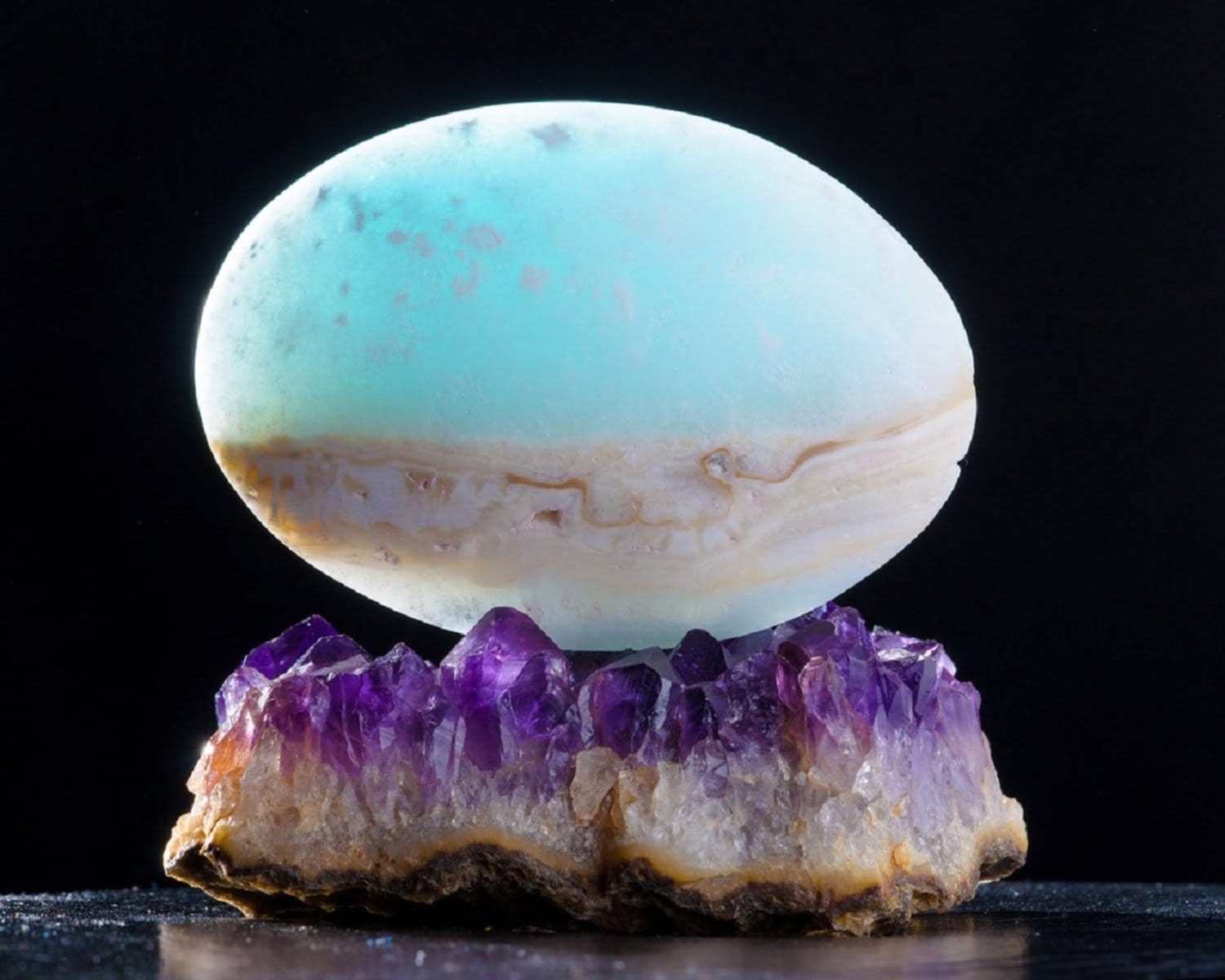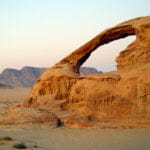Get ready to dive into the amazing world of minerals! These are the cool rocks that make up our planet. They come in all sorts of crazy colors, shapes, and sizes. And they’re not just pretty to look at—they’re also super important for life on Earth. So buckle up and get ready to crush some rocks and learn some funky mineral facts!
Fun Facts About Minerals
Ever stopped to think about all the cool rocks and minerals hiding beneath our feet? It turns out there are over 4,000 different types, each with its own story to tell about how our planet came to be!
The most common mineral in the Earth’s mantle, called bridgmanite, likely makes up a whopping 93% of that layer! Interestingly, we haven’t ever seen this mineral in its natural form because it’s buried so deep. It’s a good reminder of just how much we are still discovering about our planet.
Closer to the surface, you’ll find minerals like quartz, feldspar, and calcite. These are the building blocks of rocks and they play a huge role in shaping the landscape we see.
Now, for something truly awesome: some minerals actually glow in the dark! This phenomenon is called fluorescence, and it happens when minerals like fluorite and willemite absorb ultraviolet light and then release it as visible light.
Let’s unearth some more fun facts:
| Fun Fact | Details |
|---|---|
| Hardest Mineral | Diamond. It’s so tough that only another diamond can scratch it! |
| Softest Mineral | Talc. You can easily scratch it with your fingernail. |
| Minerals in Our Lives | We use minerals every day! From the jewelry we wear to the buildings we live in, to even the medicines that keep us healthy. For example, hematite is used to treat anemia and magnetite can be found inside MRI machines! |
| Mineral Detectives | Mineralogists are the rockstars who study minerals. They help us understand how the Earth formed and discover new resources. |
| Rare and Precious Minerals | Some minerals are incredibly rare, like painite. It was discovered in Myanmar in 1956 and is only found in a few places around the world, making it highly valuable to collectors! |
| Shapes and Sizes of Minerals | Minerals can be tiny, like microscopic crystals, or massive, like giant rock formations. |
The study of minerals is constantly evolving; scientists are always making new discoveries and refining their understanding of how these fascinating substances form and interact with the world around them. So next time you see a rock, take a closer look – you might just be holding a piece of Earth’s history in your hand!
What is Unique About Each Mineral?
We’ve already talked about how cool minerals are, but let’s dive into what makes each one stand out. Each mineral has its own personality based on how it looks, feels, and even breaks.
Color is the first thing you notice. A mineral’s color comes from the ingredients inside, like a dash of iron creating the deep red of hematite.
Then there’s hardness, which is all about how tough a mineral is. Diamonds are the superstars here – they’re the toughest! On the flip side, we have talc, which is so soft.
Ever noticed how some minerals sparkle? We call that luster. Some have a metallic shine, while others might be glassy or even dull.
Cleavage is how a mineral splits along certain lines. Imagine perfectly slicing a cake – that’s cleavage, and it creates smooth, even surfaces. Calcite is known for this.
But sometimes, minerals don’t follow the rules and break in other ways. We call that fracture. It can be smooth like broken glass, or rough and jagged. Quartz is famous for its uneven breaks.
Finally, there’s the streak test. Imagine scratching a mineral on a white surface and seeing a colored powder – that’s the streak! It’s like a secret code revealing the mineral’s true colors. Hematite, for example, leaves a reddish-brown streak even though it looks dark and mysterious on the outside.
Each mineral is a unique combination of all these features. It’s like solving a puzzle – using color, hardness, luster, cleavage, fracture, and streak to figure out what makes each mineral special. And guess what? Scientists are still discovering new things about minerals, so there’s always more to learn!
What are Some Fun Facts About Rocks and Minerals?
Hidden Treasures of Earth
Rocks and minerals aren’t just scattered around randomly. It’s like a giant puzzle, with each rock and mineral holding a clue about how our planet came to be!
Rock Stars
Rocks come in igneous, sedimentary, and metamorphic varieties. But these rocks don’t just sit still! They’re constantly changing and morphing through something called the rock cycle. Imagine a slow-motion dance over millions of years! A sedimentary rock, formed from layers of sand and shells, can get super heated deep inside the Earth. This intense heat and pressure can transform it into a metamorphic rock. Then, it might even melt completely into magma, only to cool down and solidify as an igneous rock, ready to start the cycle all over again.
Mineral Magic
Minerals – those tiny, sparkling crystals – make up rocks. They’re like the building blocks of the Earth’s crust. Some minerals, like quartz, are pretty common. Others, like diamonds, are extremely rare and valuable. But whether they’re common or rare, each mineral has a unique story to tell. They can give us clues about the conditions they formed under, like the temperature, pressure, or even the presence of water, millions, or even billions, of years ago.
Earth’s Helpers
Minerals are essential for life itself. For instance, calcium, a mineral found in rocks and minerals, is crucial for building our bones and teeth. And without phosphorus, another important mineral, plants wouldn’t be able to grow. Minerals are also used in tons of everyday objects. From the glass in your windows to the copper in your phone, we rely on minerals for almost everything!
Exploring the Unknown
The study of rocks and minerals, also known as geology, is a constantly evolving field. New discoveries are being made all the time, and some long-held theories are being challenged. For example, scientists recently discovered a new type of mineral deep inside a meteorite. This exciting find suggests that there might be even more mineral varieties out there, just waiting to be unearthed! And the more we learn about rocks and minerals, the more we understand about the history of our planet and the universe itself.
Let’s wrap up with a fun fact: Did you know that the Earth’s core, a giant ball of mostly iron and nickel, is about as hot as the surface of the sun?
This incredible world of rocks and minerals is full of surprises. So, the next time you pick up a rock, take a moment to appreciate its beauty and the amazing journey it has taken through time. You never know what secrets it might hold!
What are Some Fun Facts about Mineral Resources?
We often don’t think much about minerals, but they’re a huge part of our world. They’re like the ingredients that make up everything around us, from the concrete in our sidewalks to the phones in our pockets. Let’s dive into some intriguing tidbits about these hidden wonders:
- Minerals come in a dazzling rainbow of colors! Think of the vibrant green of malachite or the deep blue of lapis lazuli – these colors come from the unique mix of elements within each mineral.
- Their shapes and textures are totally unique! Quartz, for instance, likes to form crystals that look like six-sided towers. Calcite, on the other hand, prefers to form crystals that resemble diamonds. This variety happens because the tiny atoms inside minerals arrange themselves in different patterns.
- You can find minerals practically everywhere on Earth! They’re hanging out in rocks, soil, water, and even floating in the air we breathe. They’ve even been discovered on other planets and moons in our solar system.
- Some minerals are extremely common! Feldspar, for example, makes up a whopping 60% of the Earth’s crust. Quartz, calcite, and mica are also quite common.
- Then there are the rare finds, the hidden gems of the mineral world. Painite takes the crown as the rarest mineral on Earth. Discovered in Myanmar back in 1956, only a tiny amount of this precious mineral has ever been found.
- Minerals aren’t just pretty faces; they’re the backbone of our economy! They’re used to make things like fertilizer, glass, and even life-saving medicines.
- Speaking of life-saving, some minerals are essential for keeping us alive and kicking! Calcium, magnesium, and potassium are just a few examples.
- And let’s not forget the sheer beauty of minerals! Many minerals are prized for their stunning appearance and are used to create beautiful jewelry and decorations. Diamonds, rubies, and emeralds are some of the most famous examples.
It’s pretty mind-blowing when you think about how these often-overlooked treasures are so deeply intertwined with our lives and the world around us. They’re a fascinating blend of science, beauty, and practical use, reminding us that there’s always more to discover just beneath the surface!
What are Five Facts About Minerals?
Let’s dive into some fascinating facts that’ll make you appreciate these hidden treasures even more.
1. Minerals: Not Just What You Get From Veggies!
We often hear about minerals in our food, but minerals are also the building blocks of rocks. These solid, naturally occurring substances have a super-organized internal structure – we’re talking about crystals! They’re like the tiny bricks that make up our planet’s crust.
2. More Minerals Than You Can Shake a Stick At!
Scientists have identified over 4,000 different types of minerals. Each one has its own special recipe of elements and a unique look. Some are shiny, some are dull, some are colorful…it’s like a never-ending treasure hunt!
3. Bridgmanite: The Mystery Mineral
Bridgmanite is likely the most common mineral on Earth, but it’s mostly found deep down in the Earth’s mantle, a place we can’t easily reach.
4. The “Big 8” of the Mineral World
The most common elements found in minerals are oxygen, silicon, aluminum, iron, calcium, sodium, potassium, and magnesium. They’re like the rockstars of the mineral kingdom!
5. From Smartphones to Buildings: Minerals Are Everywhere!
Your phone, your house, even that sparkly ring on your finger – they all rely on minerals! From construction and jewelry to technology and medicine, these versatile substances are essential to our modern world.
Key Takeaways:
- Minerals: nature’s tiny architects, building our planet one crystal at a time.
- Thousands of mineral varieties exist, each with its own unique story to tell.
- Bridgmanite: the most abundant but elusive mineral, hiding deep within Earth.
- Eight key elements form the base of most minerals in the Earth’s crust.
- Minerals are essential to countless industries and aspects of our lives.












